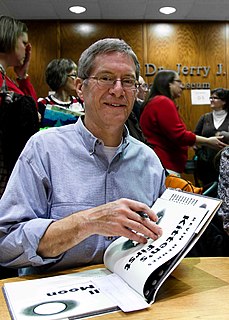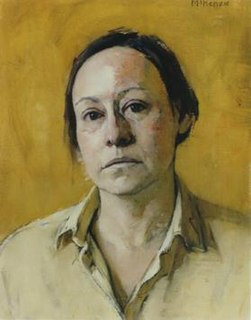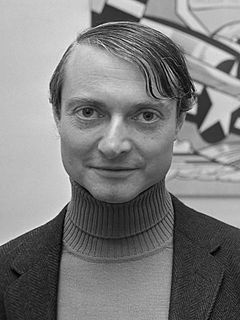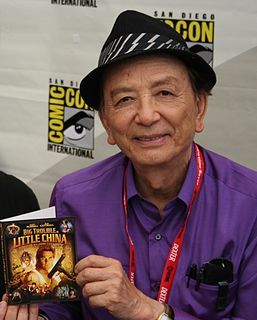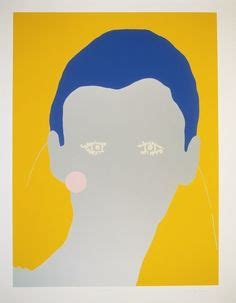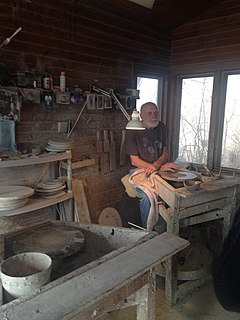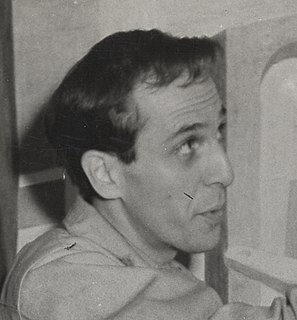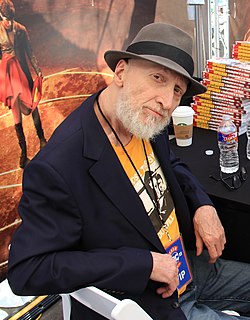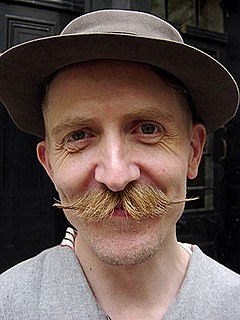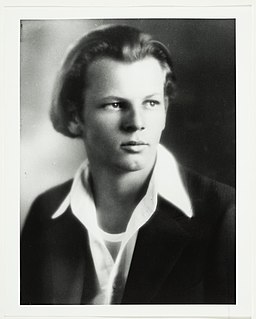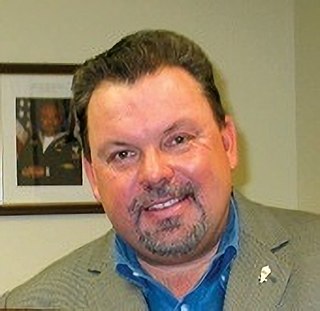A Quote by Kevin Henkes
Try drawing or painting a scene you're working on. Often this will help free up you imagination.
Related Quotes
Usually I begin things through a drawing, so a lot of things are worked out in the drawing. But even then, I still allow for and want to make changes. I kind of do the drawing with the painting in mind, but it's very hard to guess at a size or a color and the colors around it and what it will really look like. It's only a guess at the beginning, and then I try to refine it.
I've written a script which will help change consciousness and free people from an old dead Earth and help them make their journey to the new one where we will have true health, creativity, freedom, love and dream sharing. We are working on getting the funding for it and will be the deepest communication I've shared yet which goes back to your question up top.
It's one thing to be sitting at a drawing board, alone in your home and coming up with a fantasy character, and drawing her whichever way you feel like drawing, then dealing with a real performer. All of a sudden, things change. It's amazing, in working with actors, how much I learn from them and how many new lines will come to mind because of their personality or their strengths.
I am trying to represent design through drawing. I have always drawn things to a high degree of detail. That is not an ideological position I hold on drawing but is rather an expression of my desire to design and by extension to build. This has often been mistaken as a fetish I have for drawing: of drawing for drawing’s sake, for the love of drawing. Never. Never. Yes, I love making a beautiful, well-crafted drawing, but I love it only because of the amount of information a precise drawing provides
With experience it seems to be possible to control the flow of paint, to a great extent, and I don't use - I don't use the accident - 'cause I deny the accident... it's quite different from working, say, from a still life where you set up objects and work directly from them. I do have a general notion of what I'm about and what the results will be. I approach painting in the same sense as one approaches drawing, that is, it's direct.
